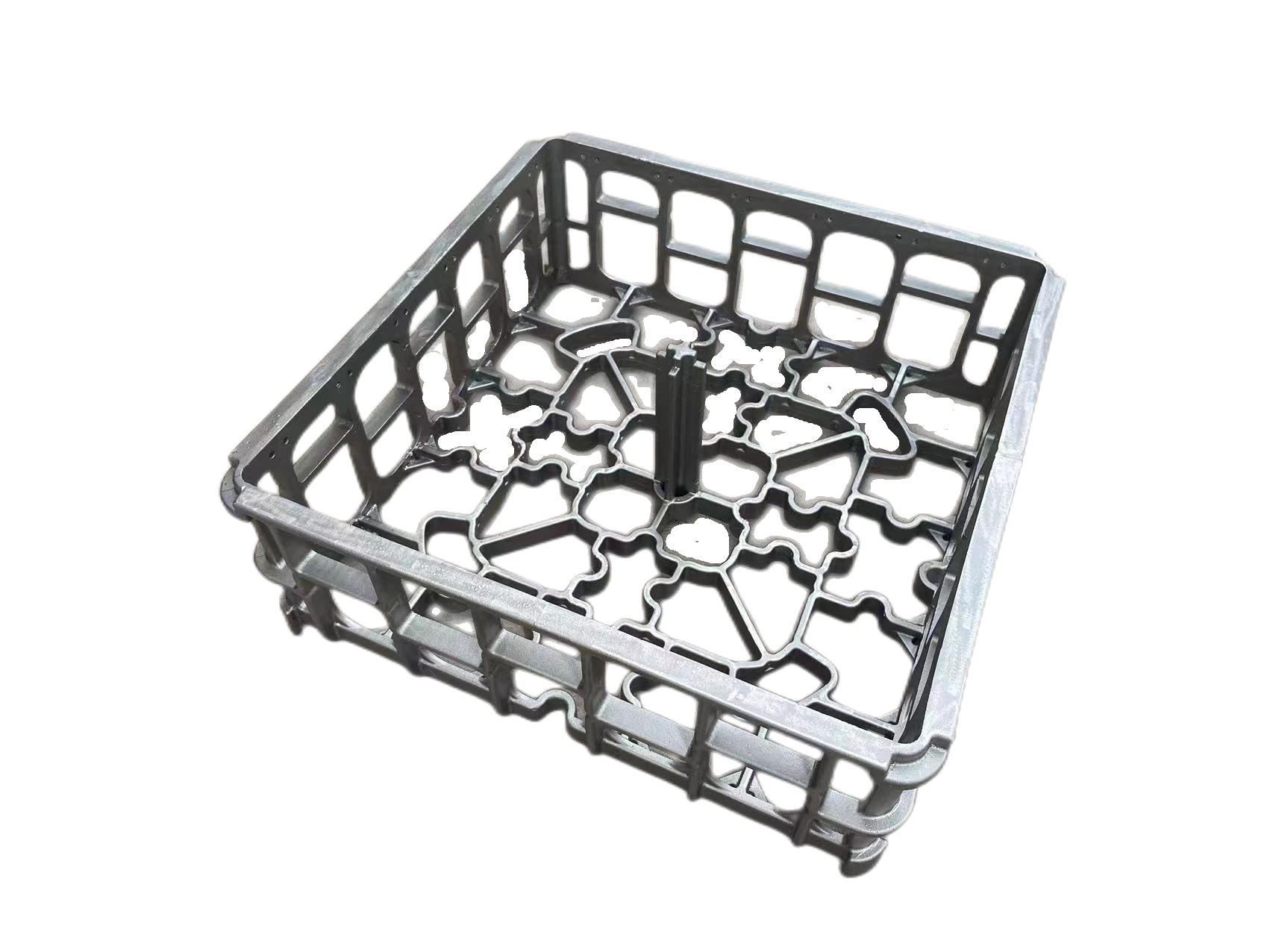heat resistant stainless
Heat resistant stainless steel is an advanced metallurgical innovation designed to maintain structural integrity and performance under extreme temperature conditions. This specialized alloy combines the corrosion resistance of traditional stainless steel with enhanced thermal stability, making it ideal for high-temperature applications reaching up to 2100°F (1150°C). The material achieves its remarkable heat resistance through a carefully calculated mixture of chromium, nickel, and other alloying elements, which form a protective oxide layer that becomes more stable at elevated temperatures. Its unique molecular structure prevents degradation, creep, and oxidation while maintaining mechanical strength in harsh environments. Common grades include 309, 310, and 330, each engineered for specific temperature ranges and environmental conditions. The material's versatility extends across various industries, from industrial furnaces and heat exchangers to automotive exhaust systems and chemical processing equipment. Its ability to withstand thermal cycling, resist scaling, and maintain dimensional stability makes it an essential component in modern manufacturing and processing operations.
